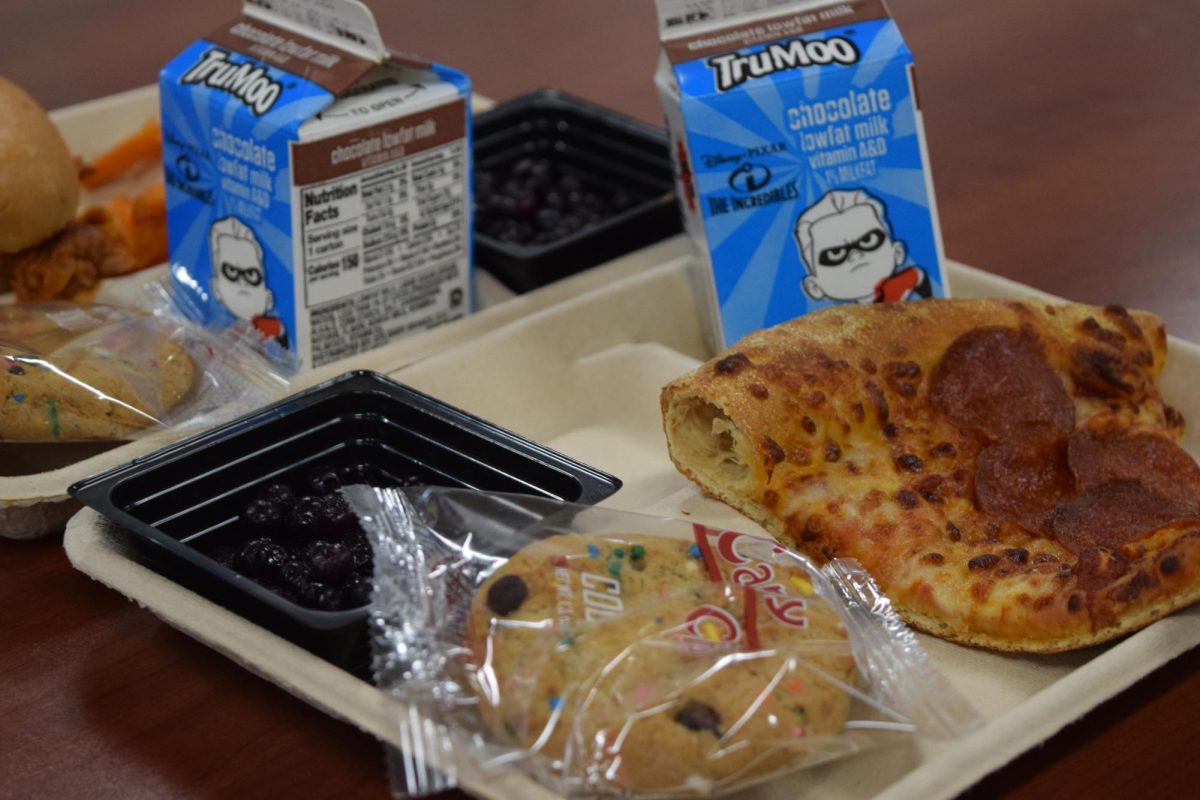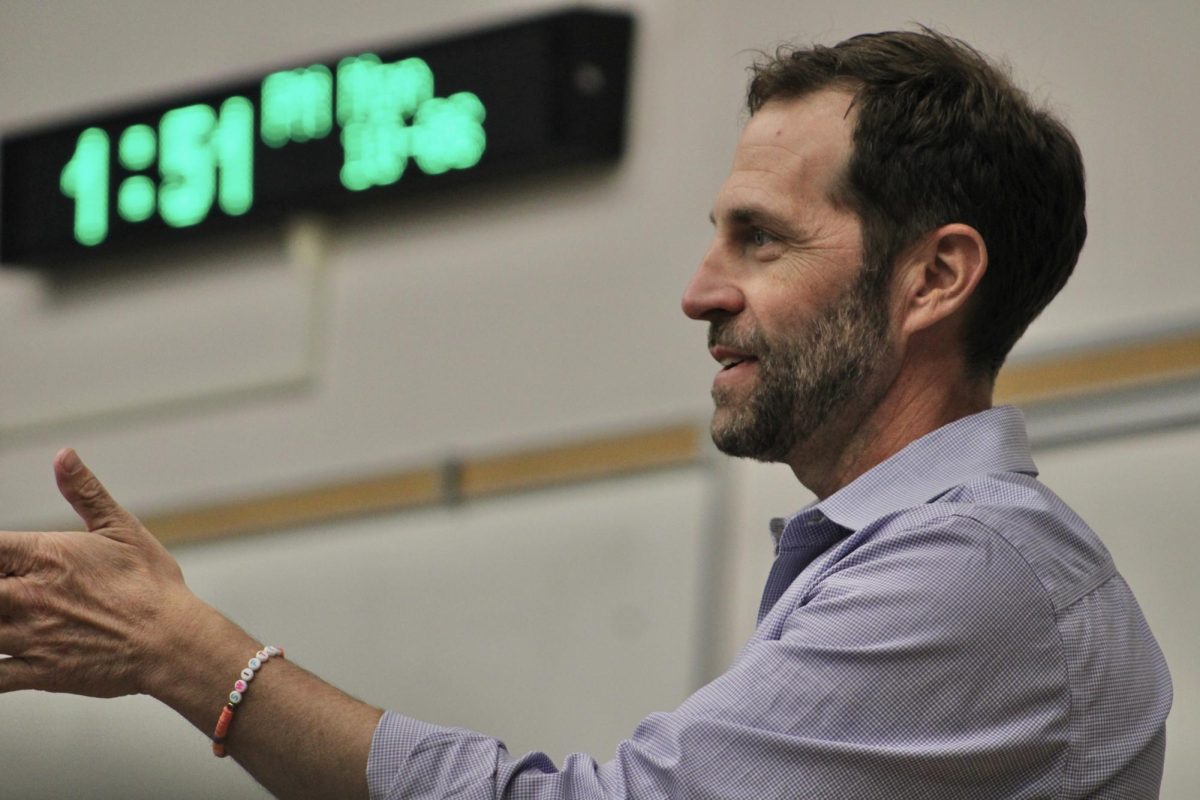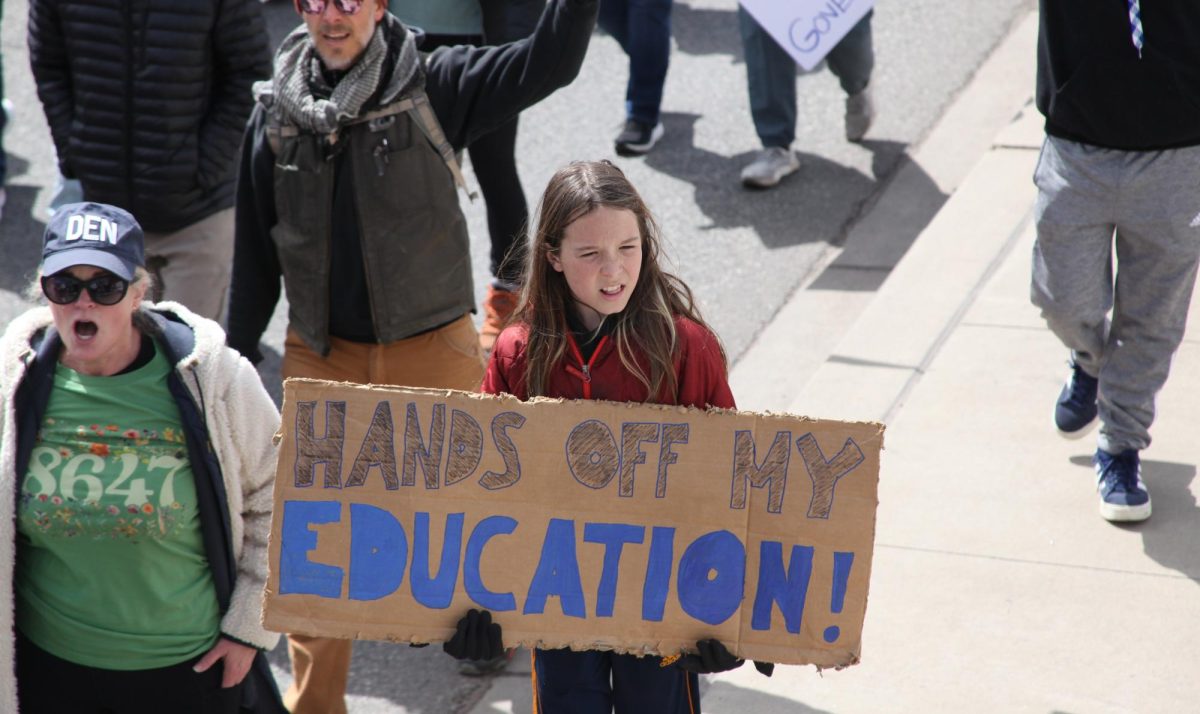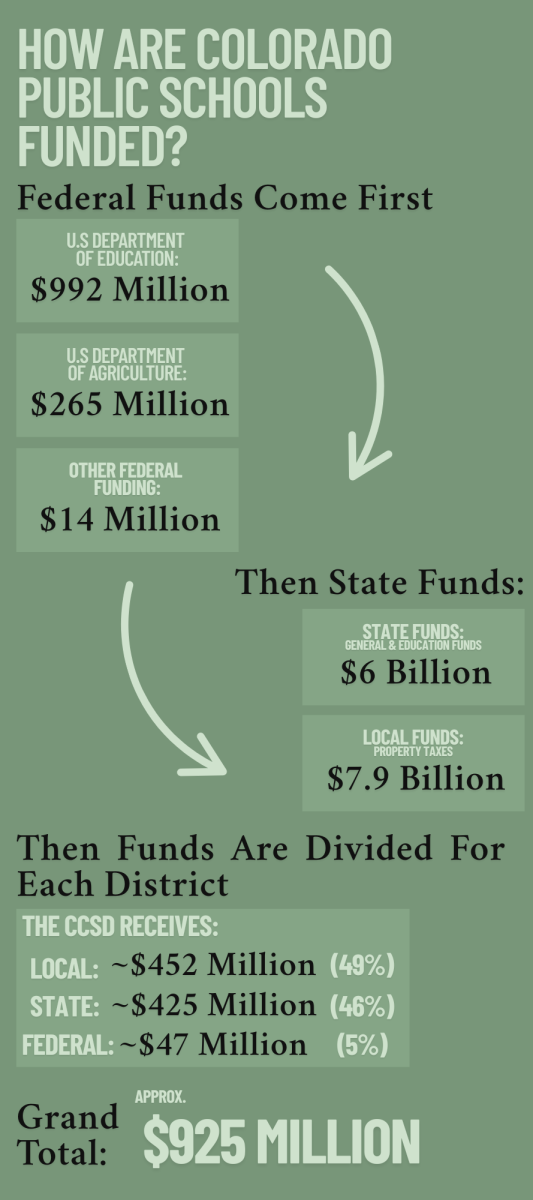The Trump administration, in its second week in office, released a memorandum from the White House office of Budgetary Management titled M-25-23, which issued the immediate pause of all federal grants, loans, and other financial assistance programs to go into effect on Tuesday Jan. 28 at 5 p.m. EST.
Immediately after the freeze was publicized on Jan. 27, organizations across the country were left confused about what federal funding would be impacted, as the memorandum explained that “all activities related to obligation or disbursement of all Federal financial assistance” would be frozen on Tuesday.
However, at 3 p.m. MT on Tuesday, just after the freeze technically went into effect, federal judge Loren AliKhan issued a temporary block on the effort, in response to multiple lawsuits about the freeze. The block allows all funding to continue, at least until the judge issues a more permanent decision on Feb. 3.
“It’s super terribly written, and for that reason, it’s unclear exactly what it impacts, which is why you’re going to see absolute chaos today and the ensuing days, unless they further clarify it,” a former official in President Joe Biden’s administration said according to NBC.
Following the block, the Trump administration repealed the freeze order midday on Wednesday Jan. 29. Now that the order “is rescinded” according to Acting OBM director Matthew J. Vaeth, funding should continue. The facts are still unclear.
Over the course of the order’s release and following repercussions, offices like Food and Nutrition Services (FNS) and Post-Graduation programs were left wondering if their federal funding could be impacted.
How would Food & Nutrition Services operate without federal funding?
Within CCSD, the FNS office distributes and manages things like school lunch for students. Director Kim Kilgore manages and allocates the program’s annual budget of $30 million in order to provide lunches for students in the district. The office also manages the Free & Reduced Lunch program, which allows all students to eat lunch or breakfast free at school, and receives federal funding.
At the moment, the district would not be immediately impacted by a federal budget freeze – funds have already been allocated to schools for the next few months.
“Funds to pay reimbursement for the first quarter of this year have already been paid to the state so we should be funded through the month of March,” Kilgore said. “If funding does not come through we will have to rely on our reserve funds to operate.”
However, as Kilgore stated, the district would have to switch to a reserve fund if cuts occurred after March. Currently, the district has around $3 million in reserve, funded primarily by ‘a la carte’ meals, which are “available for purchase in addition to the school meal” according to the district website. According to Kilgore, these meal additions contribute around $2 million annually – making up two thirds of the reserve budget.
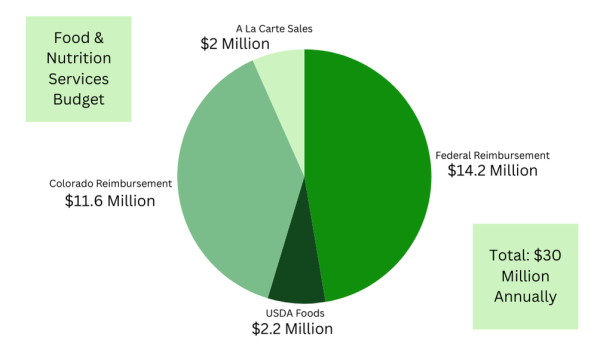
If FNS were to have to switch into their reserve budget, issues with funding meals for students could occur.
“I am hopeful that our funding will not be affected moving forward but if it is, we will likely have to offer less options, employ less staff, and increase prices on a la carte items to offset the cost of providing meals,” Kilgore said.
A lack of budget could also flow into potentially affecting the Free & Reduced lunch program, but management at FNS is prioritizing preventing that.
“[Cuts to reduced lunch] would leave many students without the nutrition they need to learn and find their pathway of purpose,” Kilgore said. “Food insecurity is increasing in Colorado and the U.S and with the rising cost of living; this leaves many students without a secure food supply at home also which also affects physical, mental, and emotional health in a negative way.”
As FNS follows along with the news of possible cuts, they hope that schools should remain funded through the end of the year, even if they have to move to a reserve budget. However, Kilgore hopes that nobody experiences cuts at all, in the name of prioritizing kids’ health.
“I would hope that lawmakers would see the incredible benefit the breakfast and lunch program have in preparing our students to be successful, healthy, and well,” she said.
Could seniors see issues with federal education aid?
With the concern over federal funding, many high school seniors and current college students worried about the future of their student loans, grants, and scholarships. Many stressed that programs like FAFSA, Pell Grants, and more could potentially have been impacted.
According to the FAFSA website, grants were not affected by the Trump administration’s freeze, even before the order was rescinded. “Federal student aid funds (for example, Direct Loans and Pell Grants) were not impacted by the initial guidance, and we continue to award and disburse federal student aid,” the FAFSA website stated.
But in the wake of confusion left by the order, Post-Grad Coordinator Craig Wittgrove was left feeling concerned about the future of federal student aid.
“It’s disturbing,” he said. “I think we will have to see how several of these things play out in court.”

The Post Grad office aims to help students understand programs like FAFSA by hosting workshops, information sessions, and meetings with parents and children to help them fill out the application. Even though the Post Grad office is part of Creek, which is a public school that receives federal funding, it would not be impacted if funds towards higher education aid were cut or removed. “We are not funded through this, thank goodness,” Wittgrove said.
According to Wittgrove, while it was still unclear whether or not FAFSA would be impacted, students were worried about their plans to pay for college. The federal funding program aims to allow students to help cover the cost of college, and is commonly used by lower-income students to supplement costs of higher education.
“A lot of students do not have the ability to cover their full costs of college without the support of federal grants,” Wittgrove said. “They thought they might have to find other ways which is hard to do midway through the year.”
Like many students, university professors and capitol lobbyists reacted with confusion as well. Many higher education professors received concern from their students about funding, leading many teachers across the country to respond to the issue.
“Obviously it’s of great concern,” said Patricia McGuire, president of Trinity Washington University in an Inside Higher Ed article. “Most of us are finding the memo to be so broad and so incomprehensible that we don’t even quite know what the long-term impact is … But it makes no sense. Rather than helping ‘make America great again,’ it absolutely debilitates America.”
For the foreseeable future, educators, students, and coordinators like Wittgrove are hoping funds like FAFSA remain safe. If the issue does come up however, they will have to revert to other funding methods like popular and non federal scholarship programs.
“We would have to encourage students to apply for scholarships through Going Merry, Big Future and other scholarship websites,” Wittgrove said. “We would also encourage students to work with financial aid offices of colleges as they might have access to more opportunities as well.”

